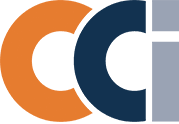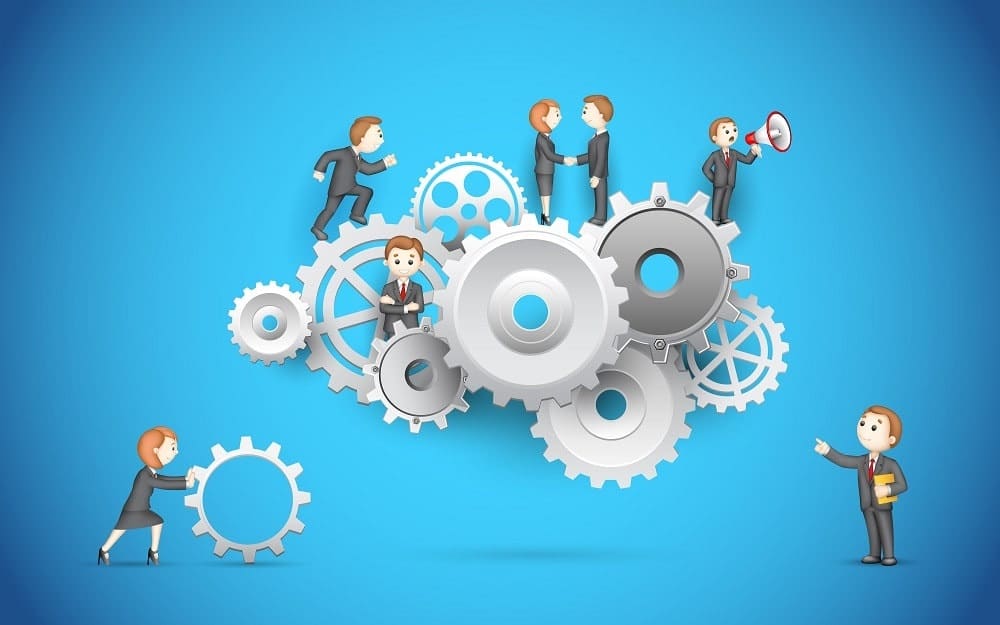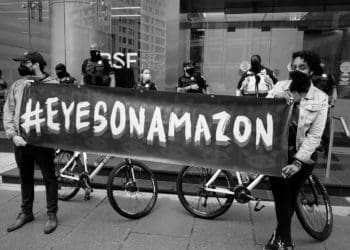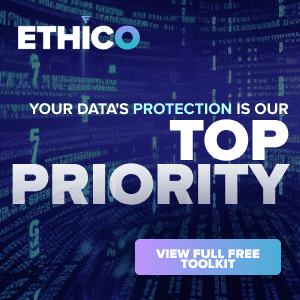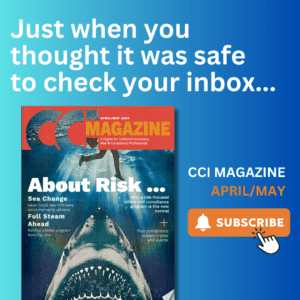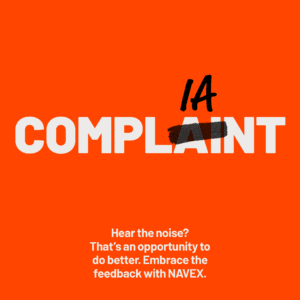Jay Rosen concludes the series with this retrospective from Vin DiCianni on where AMI has been, where it may be going next and what he’s most proud of regarding AMI’s 15th anniversary.
There have been a couple of themes articulated by DiCianni over this series. One has been the independence and integrity of AMI throughout its history. In 2004 and in the early days of AMI, these were the two things that AMI had to sell to a wide variety of stakeholders, from regulators to white-collar defense lawyers to companies. DiCianni stated, this has “been something that has been very conscious on our part, to maintain our independence. We are not a law firm, so we don’t compete with other law firms. We’re not investigators, so we’re not doing the legwork part of the investigation. We are not expert witnesses. We have stayed in, I’ll call it, our swim lanes.”
This has allowed AMI to focus on one thing and one thing only: to provide “great independent monitoring services and proactive assessments that use the skills that we’ve learned as monitors to meet regulatory requirements.” This “professionalism, integrity, independence, which is in our bloodstream, has helped us greatly.”
Equally interesting has been the evolution in the thinking of the regulators around the role of an independent monitor. When the role began in the past decade, it was very much about regulatory compliance. This evolved to legal compliance, eventually moving to ethics-based compliance. Now, with the Benczkowski Memo, it is proactive compliance.
I asked DiCianni what he was most proud of from the creation of AMI in 2004 up through the 15th anniversary. He said there were three things. The first is that he was able to take an idea, the need for an independent monitor alternative, and germinate it into an ongoing, successful and viable business concern.
He stated, “I know the one thing that sort of stands out to me is the fact that I was able to take an idea that I had and it just was rolling around in my head for those years and to be able to put it into the form of a company.”
He continued, “From there, I was able to create a brand for the organization. I’m very proud of that, and that’s something that I can take to my grave and say I did something that made a difference.”
The second: Through the work of AMI, DiCianni has helped companies become not only more robust around ethics and compliance, but also them better run organizations. He said, “the fact is that we have helped a lot of companies. We’ve just wrapped up a few matters, and we get these unsolicited comments by our clients, and when they say, ‘we didn’t want to have a monitor, but you made us a better company,’ that makes you feel great. It really does!”
“Because we do provide great services,” DiCianni continued. “We do try to meet that mandate of helping the company get better. And when you do that, that’s been very fulfilling.”
The final thing that DiCianni mentioned was the people of AMI. He said, “The last thing that I’m proud of is that I have a remarkable team of people. I have a great team of people dedicated and passionate about the work that we do. So that makes me very proud. We never know what the next day is going to bring. So, there’s a level of uncertainty, which is a good thing, because you never know what the next case could be. So, it’s been a great 15 years, and I’m really looking forward to more of this.”
The story of DiCianni and the history of AMI demonstrates that innovation can come in many ways, shapes and forms. DiCianni and AMI led the way by creating a business model centered around independent monitorships. It continues to do so today.
In case you missed the earlier installments of this ongoing series, please see the links below.
Everything You Always Wanted to Know About Monitors But Were Afraid to Ask
Part 1, Part 2, Part 3, Part 4 and Part 5
Potential Issues in Corporate Monitorships
Part 1, Part 2, Part 3, Part 4 and Part 5
Suspension and Debarment in Monitoring
Part 1, Part 2, Part 3, Part 4 and Part 5
Monitoring in the Health Care Sector
Part 1, Part 2, Part 3, Part 4 and Part 5
The Basics of Corporate Culture
Part 1, Part 2, Part 3, Part 4 and Part 5
Monitoring in an M&A Context
Part 1, Part 2, Part 3, Part 4 and Part 5
Affiliated Monitors: 15 Years of Independent Monitoring Excellence
Part 1, Part 2, Part 3, Part 4

